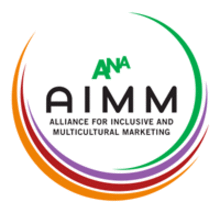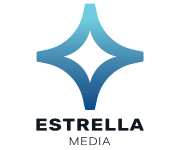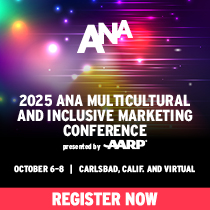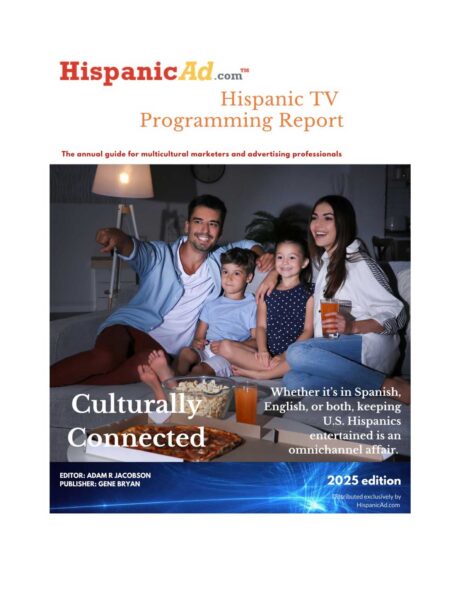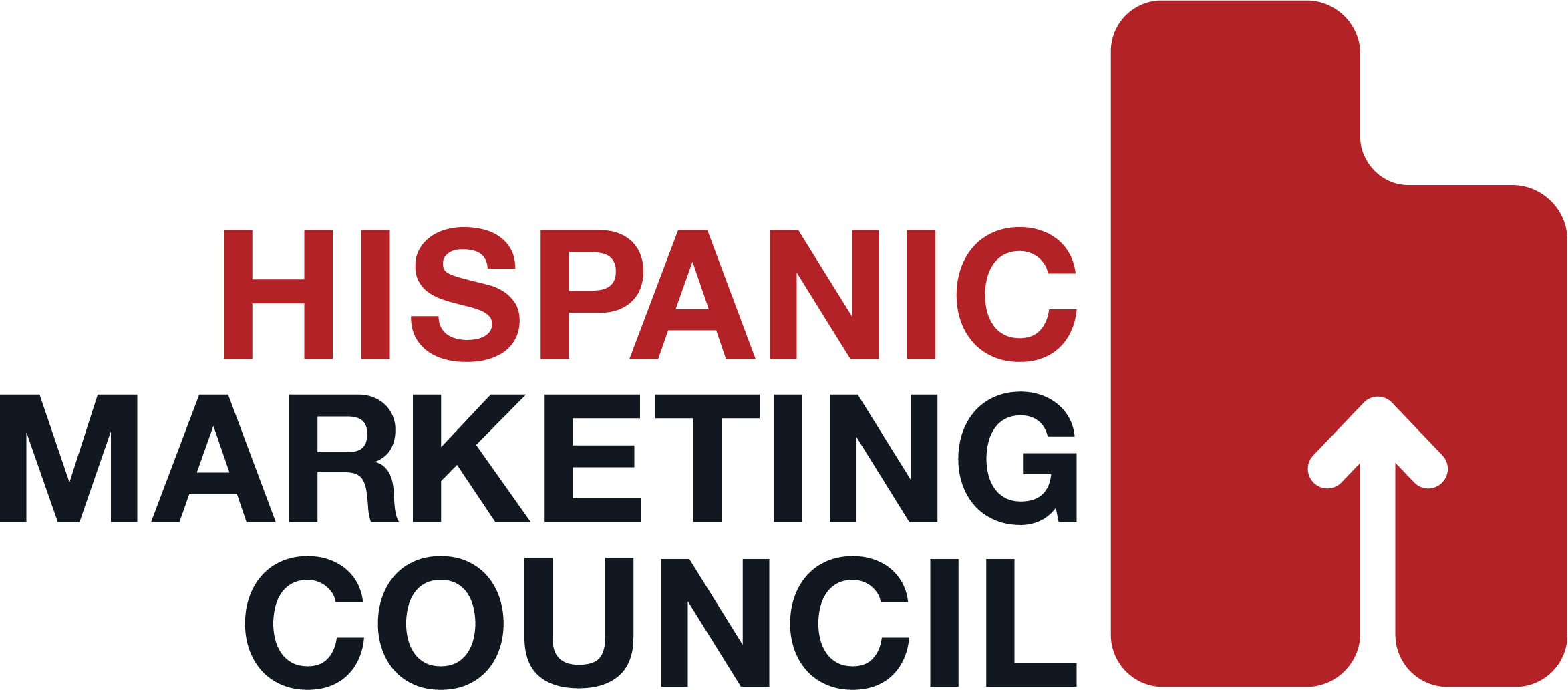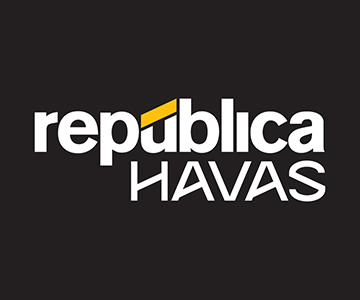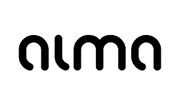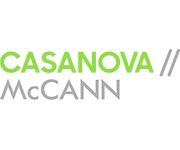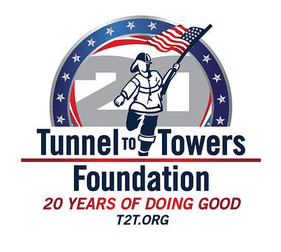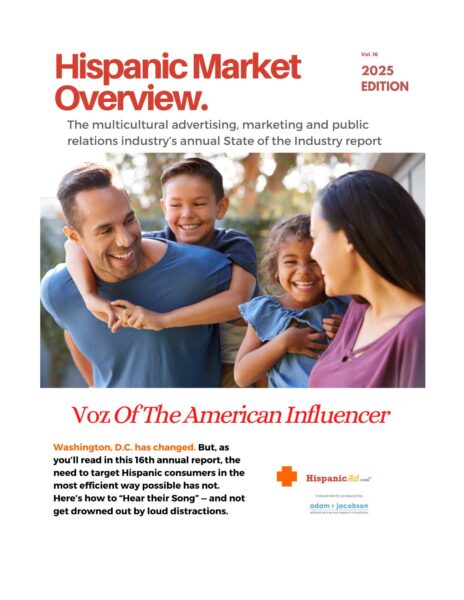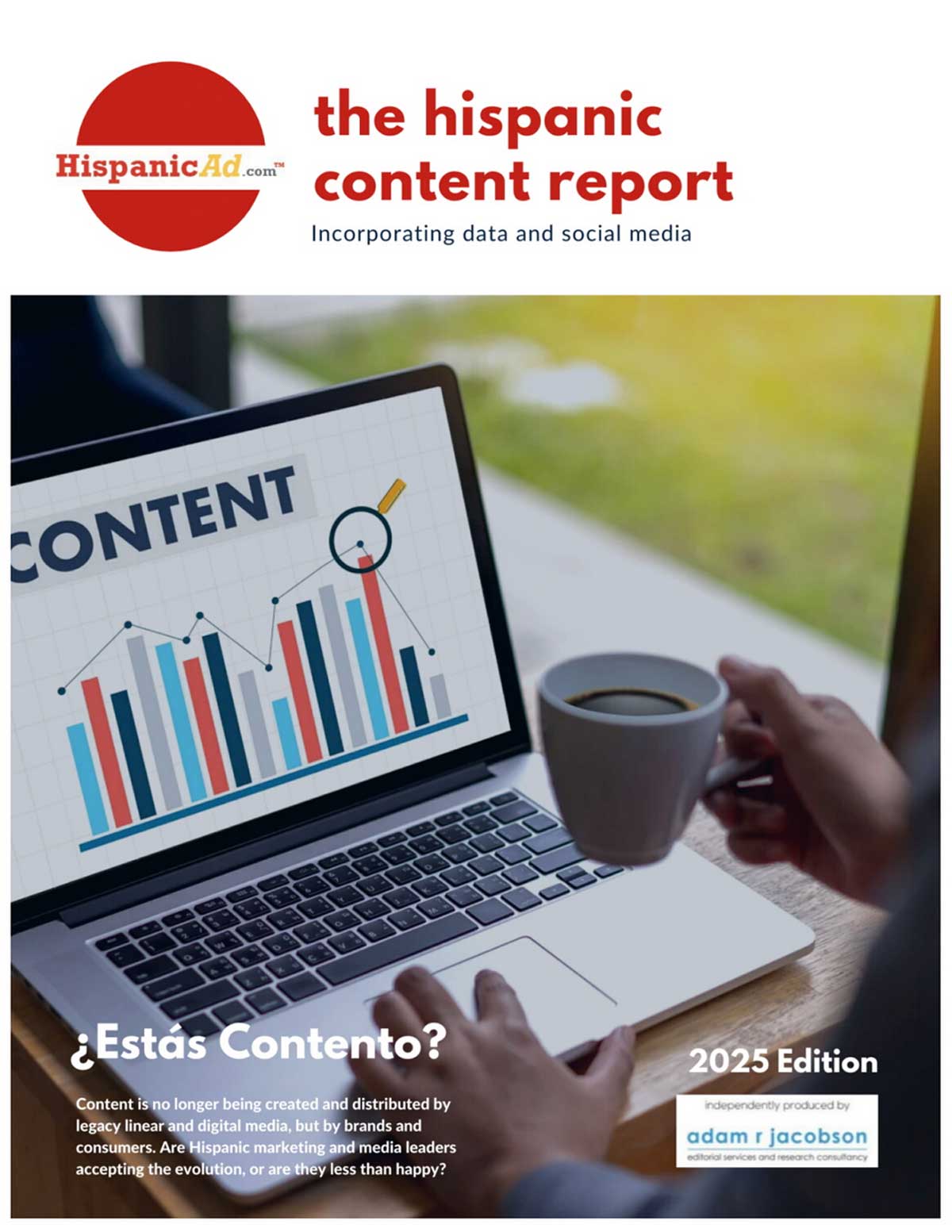Dark Social Matters More than You May Think
December 13, 2014
![]() There’s been plenty of chatter over the past few years about the effects of social sharing, and as the social audience continues to grow, this won’t stop any time soon. eMarketer expects the number of social users worldwide to rise 12.5% this year, reaching 1.8 billion, or 63.4% of internet users and 25.0% of the global population.
There’s been plenty of chatter over the past few years about the effects of social sharing, and as the social audience continues to grow, this won’t stop any time soon. eMarketer expects the number of social users worldwide to rise 12.5% this year, reaching 1.8 billion, or 63.4% of internet users and 25.0% of the global population.
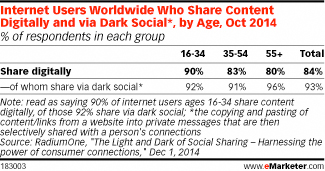 But what about online sharing beyond social? An October 2014 study by real-time bidding digital advertising platform RadiumOne looked at dark social sharing—when people copy and paste content or links from a website into a private message such as an email or text and share it with their connections—and found that it was bigger than the buzz it gets. Nearly 85% of internet users worldwide said they shared content online. More than nine in 10 respondents in that group used dark social channels—a percentage relatively consistent across age groups—and 32% only shared via dark social.
But what about online sharing beyond social? An October 2014 study by real-time bidding digital advertising platform RadiumOne looked at dark social sharing—when people copy and paste content or links from a website into a private message such as an email or text and share it with their connections—and found that it was bigger than the buzz it gets. Nearly 85% of internet users worldwide said they shared content online. More than nine in 10 respondents in that group used dark social channels—a percentage relatively consistent across age groups—and 32% only shared via dark social.
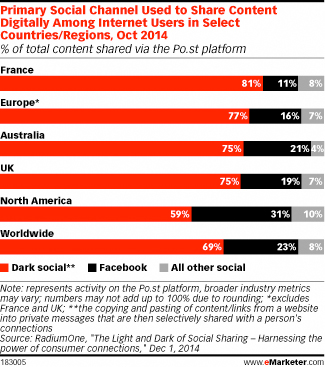 Dark social sharing can give even better insight into consumers’ interests and preferences, as they likely share what really matters to them with specific connections who also care about or are interested in a topic. In other words, it’s more personal.
Dark social sharing can give even better insight into consumers’ interests and preferences, as they likely share what really matters to them with specific connections who also care about or are interested in a topic. In other words, it’s more personal.
And the study found that this personal communication method was the top way internet users around the world shared online. Dark social accounted for 69% of the total content shared via the source’s Po.st platform globally. Facebook grabbed just 23% of shares, and all other social media took 8%.
Other research indicates that beyond social sharing, consumers just prefer more private methods of communicating. September 2014 polling by Gallup found that text messages and emails were more popular forms of communication than social media messages. Nearly three-quarters (73%) of US consumers had sent or read a text message in the day leading up to the study, and 70% had sent or read an email. Meanwhile, 55% had posted or read messages on Facebook, Instagram or another social network, and just 13% had used Twitter to communicate.
Email remains more widespread in the US than social media. This year, eMarketer expects 226.6 million US internet users to send an email at least monthly, representing 89.6% of internet users and 71.1% of the population. Meanwhile, 173.2 million consumers will log on to social networks via any device once a month or more—68.5% of internet users and 54.3% of the population.
Courtesy of eMarketer



